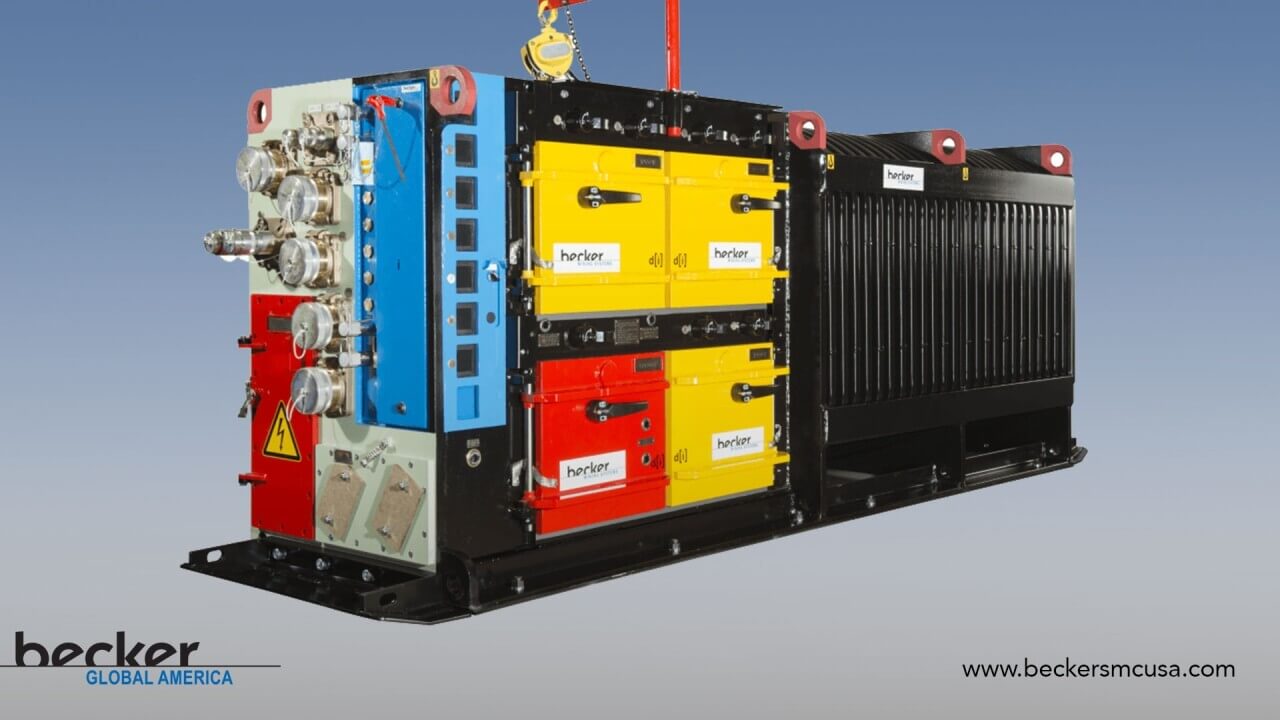The importance of energy-efficient products must be addressed in today's rising fuel costs and frequent power outages. Businesses, in particular, are seeking cost-cutting measures to stay competitive. One often overlooked area for potential savings is the energy consumption of distribution transformers, which operate continuously and consume power around the clock.

Considering Total Operating Costs
While electric utilities have long evaluated losses when purchasing medium and high-voltage power transformers, the same level of scrutiny is rarely applied to low-voltage distribution transformers used in commercial settings. Often, the initial cost of the transformer becomes the primary factor in the decision-making process, disregarding the total operating cost over its lifespan. As the emphasis on energy efficiency grows, businesses must educate themselves and their customers about the most cost-effective solutions for various applications.
Categories of Energy-Efficient Transformers
The definition of an "energy-efficient transformer" has evolved significantly in recent years. Today, 600V class distribution transformers can be classified into three categories: low-temperature rise, NEMA TP-1 compliant, and harmonic mitigating. Each type has its advantages and suitability for specific applications, offering businesses a range of options.

GET IN TOUCH
In a hurry? Call us at 276-285-3841
Understanding Transformer Losses
Transformer losses can be divided into no-load losses and load losses. No-load losses, also known as core or iron losses, represent the power required to energize the transformer's core. Since distribution transformers are typically energized continuously, these losses are constantly present. When lightly loaded, no-load losses account for most of the total losses.
On the other hand, load losses occur when the transformer carries a load and include winding losses, stray losses, and circulating currents. Load losses become more significant as the transformer operates under heavier loads. Manufacturers readily provide transformer loss data, enabling businesses to make informed decisions based on performance requirements.
Insulation System and Temperature Rise Ratings
The insulation system of a distribution transformer determines its maximum internal temperature tolerance. Most modern ventilated transformers use a Class 220°C insulation system, which accounts for winding rise temperature, ambient temperature, and hot spot allowance. Low-temperature rise transformers, available for over four decades, also utilize the 220°C insulation system but offer lower load losses than standard 150°C transformers. This makes them more energy-efficient when operating above 50% load capacity.
NEMA TP-1 Standard and Energy Efficiency
In 1996, the National Electrical Manufacturers Association (NEMA) introduced the TP-1 standard in collaboration with the U.S. Environmental Protection Agency (EPA). This standard establishes minimum efficiency levels for distribution transformers, which were also adopted by the EPA's Energy Star program. NEMA TP-1-compliant transformers offer efficiencies of around 98%, surpassing the performance of standard 150°C rise transformers.

Make an Informed Decision
To maximize energy efficiency and cost savings, businesses must evaluate their specific needs and applications when selecting a distribution transformer. Considering factors such as transformer losses, insulation systems, and temperature rise ratings will enable businesses to make informed decisions. For expert guidance in choosing the best transformer for your requirements, reach out to Becker Mining USA today.
Products We Offer:
- Explosion Proof Equipment
- Transformers
- Arc Guard
- Longwall Electrical Systems
- Capacitor Trip Devices
- Electrical Equipments like capacitor banks, switch houses, junctions, and splice boxes.
Since 1971, Becker/SMC has been a trailblazer in delivering top-notch electrical components, open-type and explosion-proof motor starters, longwall electrical controls, and power distribution equipment. Our unwavering commitment to quality and customer satisfaction has made us a trusted name in the industry. Contact us today!